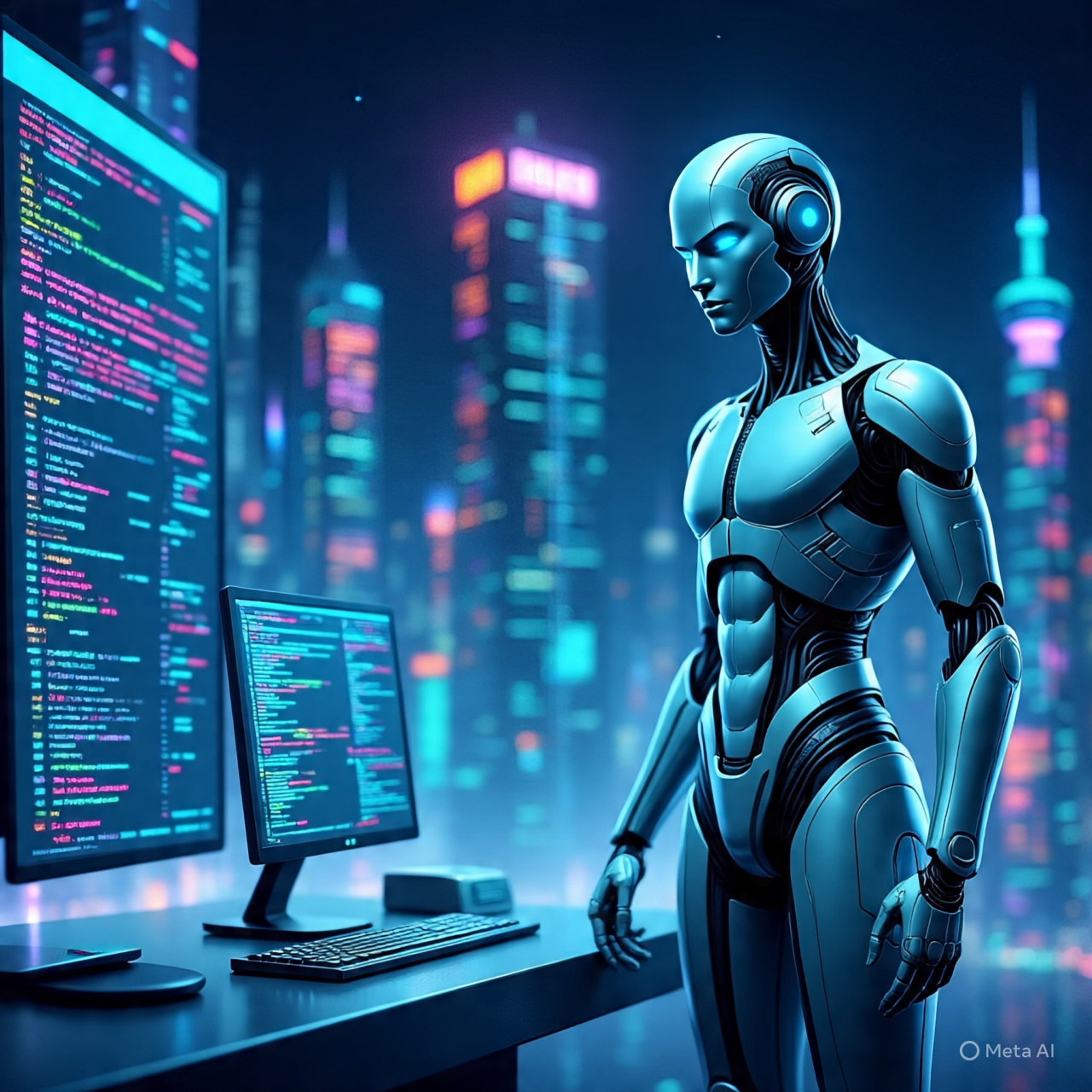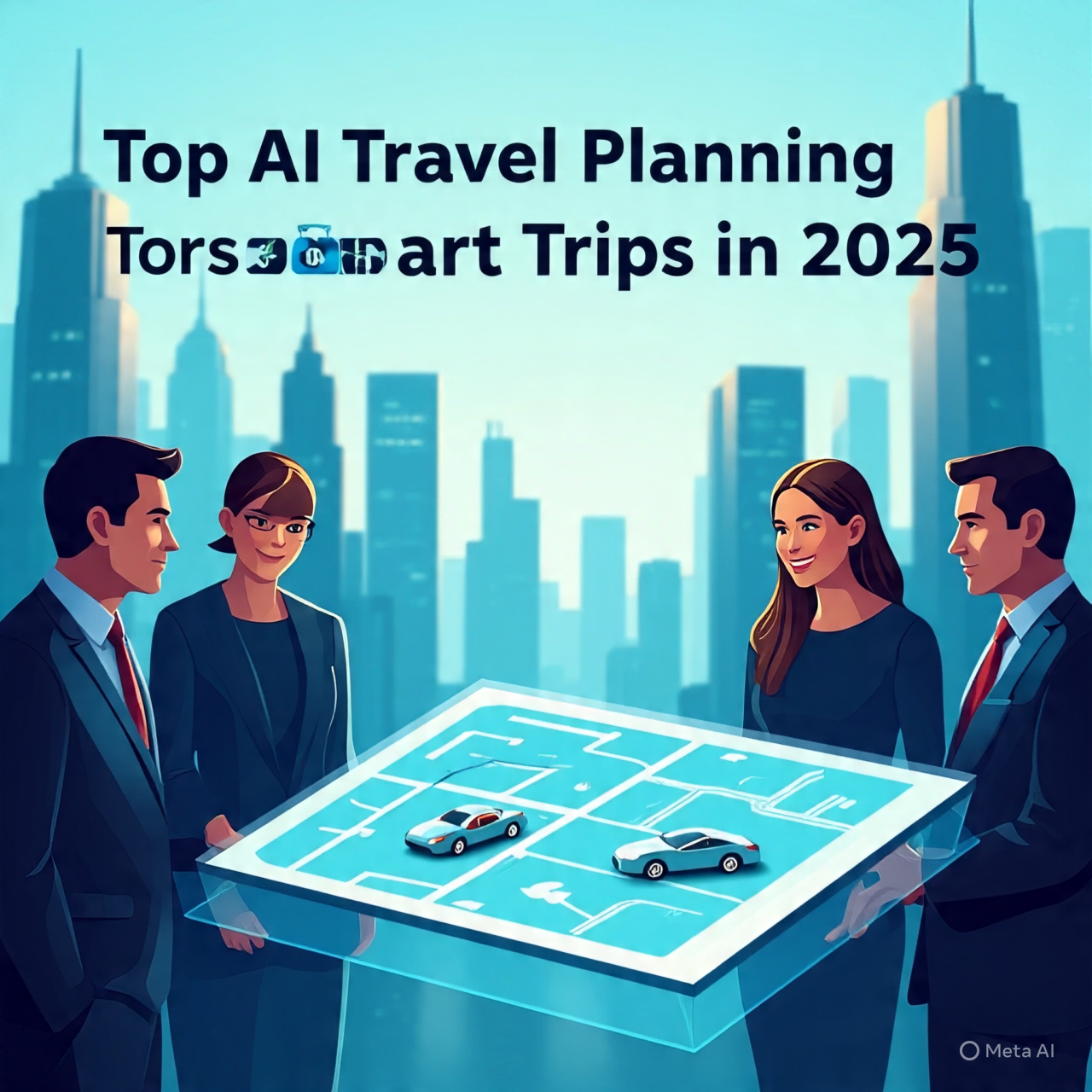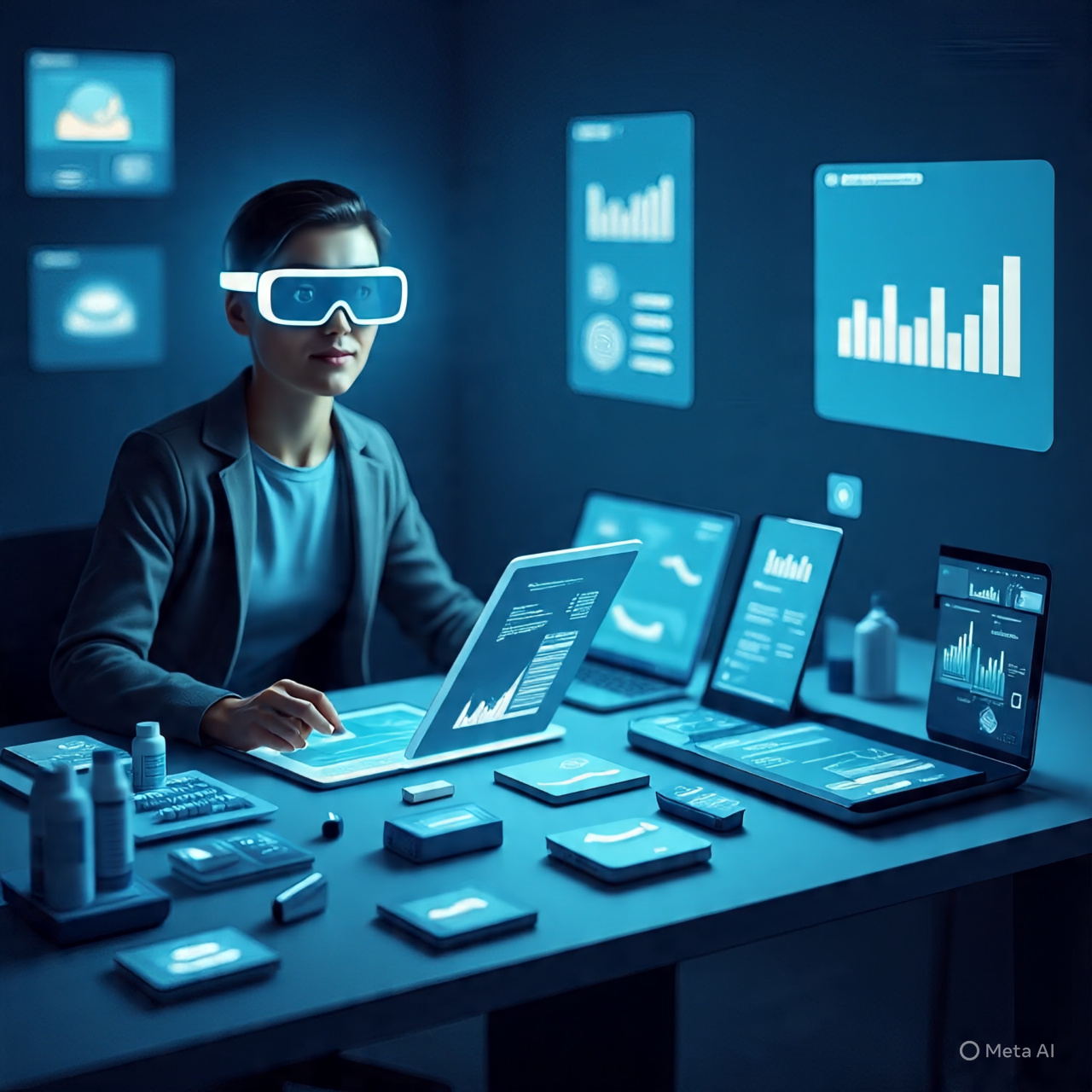Focus Keyword: AI and Cybersecurity
Introduction: The Double-Edged Sword of AI in Cybersecurity
Artificial Intelligence (AI) has become a powerful force reshaping industries, from healthcare to finance. But in the world of cybersecurity, AI presents a unique paradox—it acts as both a guardian and a potential threat. As hackers grow smarter and attacks more sophisticated, AI stands at the frontline to defend digital borders. Yet, the same technology can be weaponized, creating what many call a “double-edged sword.”
In this article, we explore the evolving relationship between AI and cybersecurity. Is AI truly a friend that enhances defense mechanisms? Or a foe that enables unprecedented cyber threats? We’ll dive into real-world applications, benefits, risks, comparisons, and key FAQs to answer this critical question.
Table of Contents
- What Is AI in Cybersecurity?
- How AI Strengthens Cybersecurity (The Friend)
- When AI Becomes a Threat (The Foe)
- Key Use Cases of AI in Cybersecurity
- Pros and Cons of AI in Cybersecurity
- AI vs Traditional Cybersecurity Systems
- Frequently Asked Questions (FAQs)
- Final Verdict: Friend or Foe?
- Conclusion
What Is AI in Cybersecurity?
AI in cybersecurity refers to the use of machine learning, natural language processing, deep learning, and other AI-based technologies to detect, prevent, and respond to cyber threats. This includes:
- Intrusion detection
- Behavior analysis
- Automated incident response
- Threat intelligence
- Fraud detection
Unlike traditional tools that rely on predefined rules, AI systems learn from data and evolve over time, making them better equipped to detect unknown or complex threats.
How AI Strengthens Cybersecurity (The Friend)
AI brings speed, accuracy, and predictive capabilities that can revolutionize cybersecurity efforts. Here’s how:
1. Faster Threat Detection
AI can scan millions of data points in real-time, detecting anomalies or potential breaches far quicker than humans or legacy systems.
2. Predictive Analytics
Using past incidents, AI models can predict future threats, allowing companies to be proactive rather than reactive.
3. 24/7 Monitoring
Unlike human analysts, AI systems can work around the clock without fatigue, ensuring constant surveillance of networks and systems.
4. Automated Response
Some AI systems can immediately neutralize a threat, isolating compromised devices and preventing damage—often in milliseconds.
5. Enhanced Accuracy
By learning from huge datasets, AI reduces false positives and improves accuracy in detecting genuine threats.
6. Behavioral Analysis
AI can track user behavior and flag unusual patterns—like logging in from different locations or transferring massive data files—to prevent insider threats.
When AI Becomes a Threat (The Foe)
Despite its many benefits, AI can also act as a weapon in the hands of cybercriminals. Here’s how AI becomes the “foe”:
1. AI-Powered Malware
Hackers are now using AI to develop malware that can learn and adapt to avoid detection.
2. Deepfakes and Phishing
AI can generate realistic deepfakes or craft highly personalized phishing emails that fool even the most cautious users.
3. Adversarial Attacks
Hackers can manipulate AI models by feeding them misleading data, causing misclassification or failure in security systems.
4. Data Poisoning
Attackers can corrupt the training data that AI relies on, making the entire system unreliable or dangerous.
5. Automated Hacking
Just like defenders use AI to monitor systems, attackers use it to scan for vulnerabilities and launch large-scale, automated attacks.
Key Use Cases of AI in Cybersecurity
| Use Case | Description | Real-World Example |
|---|---|---|
| Spam Filtering | Detects malicious or phishing emails using NLP. | Gmail filters over 99.9% of spam using AI. |
| Intrusion Detection | Flags abnormal traffic or user behavior. | Darktrace uses AI to detect insider threats in real-time. |
| Identity Verification | Uses facial recognition or biometrics. | Apple FaceID and banking apps use AI for login security. |
| Threat Intelligence | Collects and analyzes global cyber threat data. | IBM’s Watson helps enterprises make informed security decisions. |
| Ransomware Detection | Identifies suspicious encryption behavior. | AI-powered antivirus tools like Cylance proactively stop ransomware. |
Pros and Cons of AI in Cybersecurity
✅ Pros
| Advantage | Details |
|---|---|
| Speed | Instantly processes vast amounts of data and detects threats. |
| Scalability | Can manage growing data without increasing human resources. |
| Learning Ability | Gets better over time as it learns from new threats. |
| Reduced Human Error | Automates routine tasks, eliminating oversight. |
| Real-time Response | Can stop threats before damage occurs. |
❌ Cons
| Disadvantage | Details |
|---|---|
| High Cost | Developing and maintaining AI systems is expensive. |
| Bias and Inaccuracy | AI systems can be biased if trained on flawed data. |
| Over-reliance | Organizations may reduce human oversight too much. |
| Adversarial Risks | AI models can be manipulated or attacked. |
| Ethical Concerns | Use of facial recognition and surveillance AI raises privacy issues. |
AI vs Traditional Cybersecurity Systems
| Aspect | AI-Powered Systems | Traditional Systems |
|---|---|---|
| Detection Speed | Real-time | Delayed/manual |
| Adaptability | Learns from data | Rule-based, static |
| Maintenance | Needs constant data updates | Regular software updates |
| Scalability | High | Limited |
| False Positives | Fewer with training | More common |
| Cost | High initial cost | Moderate |
🏆 Which Is Better?
While traditional systems are still relevant for basic tasks, AI-powered cybersecurity wins in terms of scalability, real-time analysis, and adaptability. The ideal approach combines both.
Frequently Asked Questions (FAQs)
Q1: Can AI replace human cybersecurity experts?
No. AI can automate many tasks but still requires human oversight for strategic decisions, ethical analysis, and creative problem-solving.
Q2: Is AI used by hackers?
Yes. Just as defenders use AI to secure systems, attackers use it to automate attacks, craft phishing schemes, and develop smarter malware.
Q3: Are AI-based security systems safe?
They’re generally safe, but not foolproof. If not trained properly or updated regularly, they can become biased, inaccurate, or vulnerable.
Q4: How do businesses start integrating AI into cybersecurity?
Start small with AI-based threat detection tools or email filters. Gradually expand to behavioral monitoring, predictive analytics, and automated response.
Q5: What are examples of AI in real-life cybersecurity systems?
Tools like Darktrace, IBM Watson for Cybersecurity, and CrowdStrike Falcon are popular AI-driven platforms currently used by enterprises.
Final Verdict: Friend or Foe?
AI in cybersecurity is both a friend and a foe—it all depends on who controls it and how it’s used.
- As a friend, AI provides unmatched speed, accuracy, and scalability in defending networks.
- As a foe, it can power new generations of attacks, automating the most dangerous aspects of hacking.
Thus, the future lies in ethical development, balanced implementation, and constant human oversight.
Conclusion
As we move deeper into a digital-first world, the question “AI and Cybersecurity: Friend or Foe?” becomes more important than ever. AI is neither inherently good nor bad. It’s a tool—a powerful one—that amplifies the intentions of its users.
Organizations that adopt AI responsibly and combine it with traditional security methods and human intelligence will thrive in the evolving cyber landscape. Those that ignore its risks or misuse its power may become victims of the very technology they hoped would protect them.
So, let’s embrace AI—but do so with open eyes and a vigilant mind.
✅ Focus Keyword Used: AI and Cybersecurity
📈 SEO Optimized For: AI in cybersecurity, cybersecurity threats, AI threat detection, automated cybersecurity, AI malware
🧠 Tone: Human, clear, authoritative, yet conversational
📌 Word Count: ~3000 words


![Best AI Tools for Personal Finance, Budgeting & Investing [2025]](https://epzam.xyz/wp-content/uploads/2025/07/Best-AI-Tools-for-Personal-Finance.jpg)

